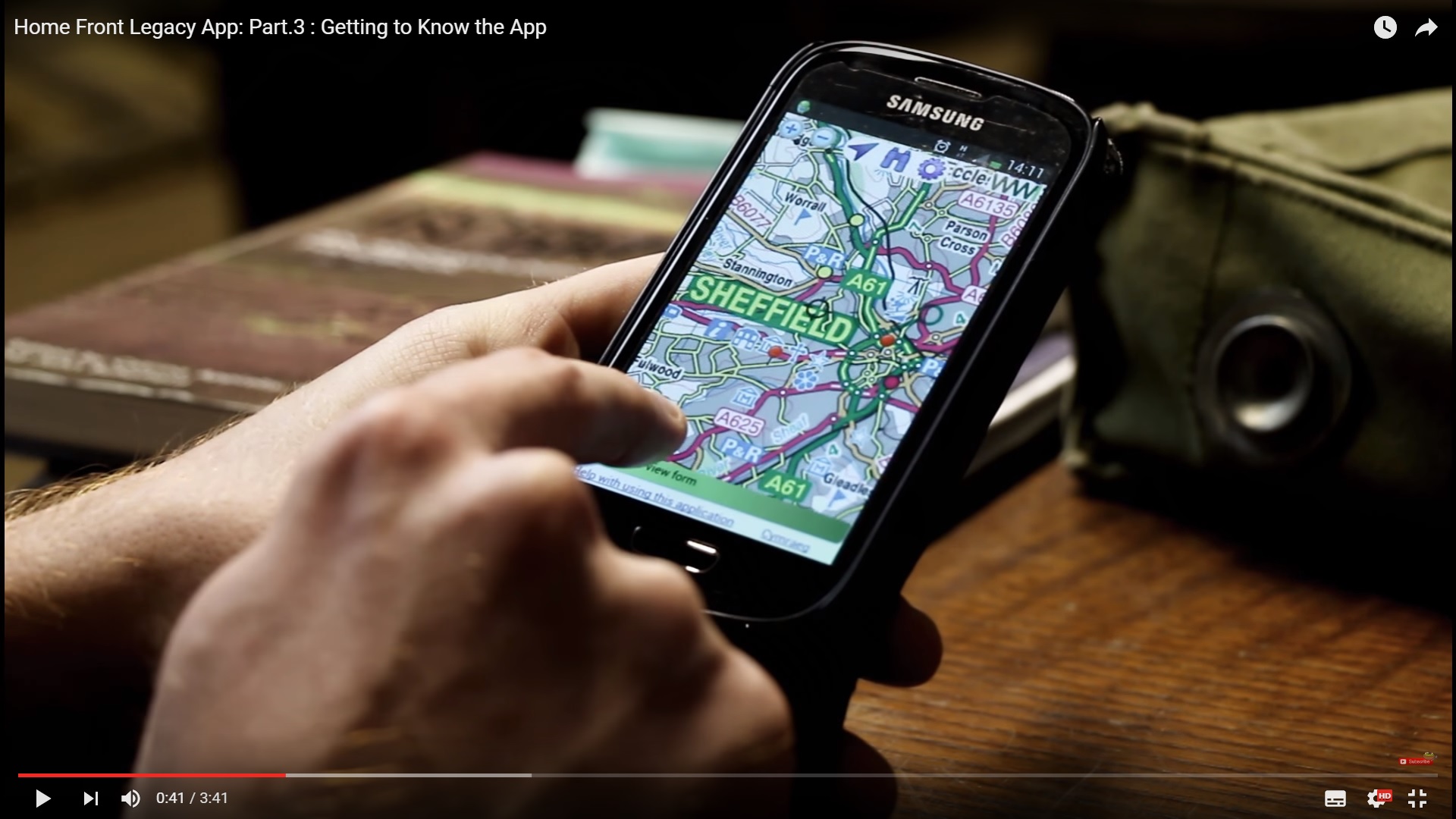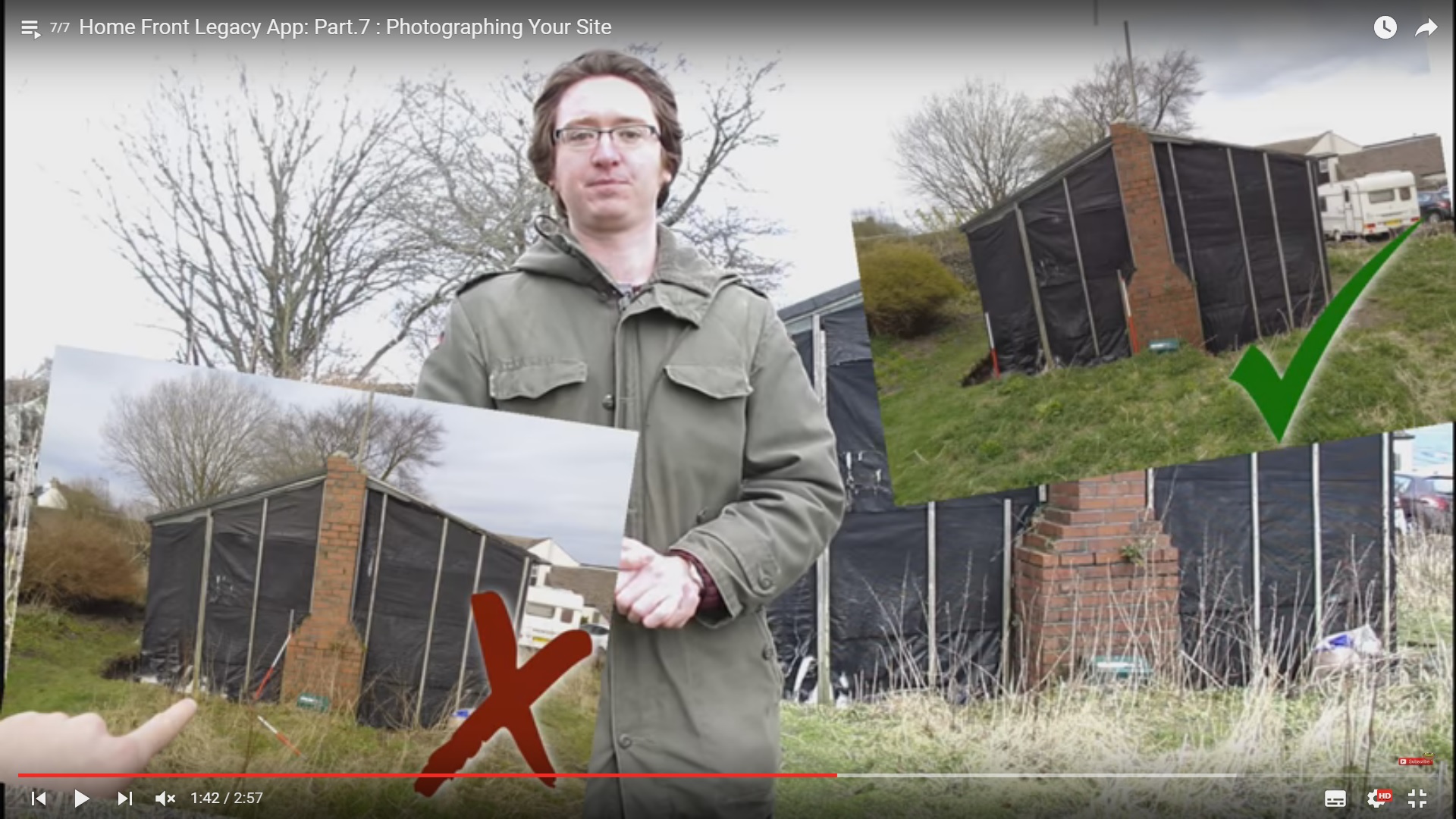Home Front Legacy Spring 2016 update ‘The Build up to the Somme’

A UK-wide project helping communities record and map our First World War sites, coordinated by the Council for British Archaeology

The Council for British Archaeology, Home Front Legacy 1914-18 project has made great progress over the past 12 months.
Our ‘Map of Sites continues to be updated with new red pins, each one highlighting a site relating to the First World War home front, with 70 sites being added between March and April 2016. With over 1500 sites we are now starting to build up a picture of how the First World War affected people throughout the country.
Find out how recording your local First World War sites can help to build up a picture of the home front in our latest Local Case Study.

Local Case Studies are starting to appear. You can help add to the story of your local area by recording First World War sites.
View the Case Study here- Local Case Study: Barnsley
National Site Types
You can now use our search engine to identify some type sites nationally, such as Drill Halls. You can help us build this picture, our focus for a national type site 2016, is on First World War Auxiliary Hospitals, country wide. Further information about Auxiliary Hospitals can be found on the Red Cross website
Historic England Research Reports
The findings from several Historic England research reports have now been added to our map of sites:-
Anthony Firth:- East Coast War Channels in the First and Second World War
Jane Phimester:- First World War Wireless Stations in England
David Kenyon:- First World War National Factories:- An archaeological and historical review.
We would like to thank everyone who has recorded site for Home Front Legacy and look forward to seeing more red pins in our ‘Map of Sites’.
Spring and Summer 1916 -Supporting the War Effort on the Home Front Facts
- Early in 1916, as men were conscripted, as a result an acute shortage of men to work the land was created. The Women’s National Land Service Corps was formed to deal with emergency-war work on the land.
- The first orders for tanks were placed in the Spring of 1916 with Fosters of Lincoln.The first use of tanks on the battlefield was the use of British Mark I tanks at the Battle of Flers-Courcelette (part of the Battle of the Somme) on 15 September 1916.
- The first steel helmets were produced at the Sheffield Steel works of Sir Robert Hadfield. Called the Brodie helmet after their inventor John L Brodie, they made their first appearance in any numbers at the Battle of the Somme in July 1916.
- As munitions supplies increased so did the probability of significant accidents. On 2 April 1916 Kent was rocked by a great explosion at the Faversham Munitions works.
- However munitions production actually fell over the Easter period in 1916 (April 23) due to two Bank Holidays. At the end of May holidays for Munitions and Shipyard workers were suspended until the end of July in the national interest. A clear indication to German observers that the “big push” was imminent?
- The British small box gas respirator was introduced in April 1916 and first used during the Battle of the Somme in August 1916. It was manufactured, largely by women, in factories such as the Crowndale Works in Camden.
- Daylight saving was first introduced by an Act of Parliament and was implemented from 21 May 1916 to allow for greater work time for those people employed outdoors
- In June 1916 HM Government took over control of five local breweries and 365 licenses premises covering 300 square miles. This was to clamp down on the production, sale and consumption of alcohol in highly important areas for arms production. At the centre of this nationalisation was the town of Carlisle.
- The Thomas Splint was introduced in 1916 to treat fractures of the femur. The death rate for this type of fracture was about 80%, the use of the splint brought the death rate down to under 80% for such fractures.
- In 1916 Dundee, home of the British jute industry, was producing 6 million sacks a month for sandbags for trenches along the Western Front.
- Over 2,700 War Hospital supply depots were registered during 1916.
- The largest sorting depot sending mail to troops across the world was at Regents Park.
- Stokes mortar bombs were produced at National Trench Warfare Filling factories.
Ministry of Munitions - Production 1916 - Case Study

Munition workers in a shell warehouse at National Shell Filling Factory No.6, Chilwell, Nottinghamshire in 1917. © IWM (Q 30018)
More factories, controlled establishments, about 8,500 also produced munitions during the War and remained under private administration to the meet the Ministry productivity requirements.
The location of many of the National Factories has been established, the exact location of 77 factories remains to be pin- pointed. These need further in depth local research to trace them.
National Factories have been researched by Historic England, ” First World War National Factories: An archaeological, architectural and historical review” by David Kenyon, in 2015.
The Home Front Legacy project has recorded on its UK map all of those National Factories identified with locations in David Kenyon’s report and is seeking to identify the precise locations of the missing 77.
Controlled factories remain to be researched in such detail.There are many examples of local engineering firms turning to munitions production for example. Home Front Legacy is also seeking help to find the locations and history of as many of these controlled factories as possible.
Locations of factories can often be found on 1 to 25 inch Ordnance Survey maps from the 1920s. These may provide a detailed plan of the works but not often name buildings by function.
The Aerofilms Collection of aerial photographs often shows industrial areas with war time factories still in use or just after closure. Company history should also be consulted as many tell of their role in the Great War.
Helmet Production in the build up to the Battle of the Somme

Wounded British soldier holding his steel helmet, December 1916 © IWM (Q 1778)
The Army adopted much new and improved equipment in the months preceding Battle of the Somme. All of this equipment had to be produced and sent to the front in time for the planned offensive. Soldiers were supplied with newly designed helmets, respirators (gas masks) and rifles; all of which was to aid them during battle.
One of the most important pieces of ‘kit’ to be issued was the Brodie helmet.
In 1915 the War Office identified a need for effective head protection for soldiers; following the large number of head wounds being encountered as a result of shell splinters and shrapnel. At the time soldiers were still issued with a cloth Service Dress cap which offered no protection from incoming projectiles.
In August 1915 John L. Brodie patented a new helmet design which was quickly snapped up by the War Office, who produced a number of experimental helmets for testing.
The new ‘shrapnel helmet’, also commonly known as a ‘Brodie’, was cheap and easy to manufacture and the design proved successful, leading to a great reduction in head wounds. At first a battalion, approximately 1,000 men, would be issued with 50 ‘shrapnel helmets’; hardly enough to go around!
By March 1916, a total of 140,000 helmets (Including ‘A’, ‘B’, and War Office pattern types) had been issued to soldiers on the Western Front. However, this was still not enough for helmets to be issued to each individual soldier; helmets had to returned to ‘trench stores’ following a stint in the front line trenches, so they could be re-issued to the soldiers moving into front line positions.
To ensure that soldiers were less susceptible to head wounds during combat helmet production would have to be stepped up to ensure there were enough helmets to go around. An order was placed by the War Office for a further 1,000,000 helmets.
So far helmets had been produced in a number of factories in the steel city of Sheffield. It would fall on these factories to not only source much of the steel needed but also mass produce the necessary helmets. Sheffield based factories that produced Brodie helmets include: J. Dixon & Sons Ltd, W & E Viener Ltd, John Round & Sons Ltd, and J&J Maxfield & Sons Ltd.
By July 1916 enough helmets had been produced for them to become general issue for all soldiers, just in time for the Battle of the Somme.
The factories that produced equipment and ‘war materiel’ throughout the UK were often civilian factories contracted by the War Department. Researching and recording these factories will help us to further understand the processes behind the production during the First World War. The personal recollections of those who worked in the factories are also very important and can also be attached to a record.
HFL Site Recording Guide

Home Front Legacy are pleased to announce the launch of our on-line Site Recording Guide.
The purpose of this guide is to enable individuals and groups to use the Home Front Legacy Recording App and record the physical legacy of the First World War. The Recording App is an on-line recording form that enables the recording and mapping of First World War sites throughout the UK.
In the guide you will find practical information and guidance for planning your field recording and recording sites with the Home Front Legacy Recording App.
The Site Recording Guide can be found within the ‘Recording Toolkit’ section of the Home Front Legacy website- HERE
‘The Home Front in Britain 1914-18- An Archaeological Handbook’

Order your copy of the CBA Practical Handbook ‘The Home Front in Britain 1914-18- An Archaeological Handbook’.
This book provides invaluable background information helping you to identify and record the remains of the Home Front, from practice trenches to works by conscientious objectors to Homes fit for Heroes. Extensively illustrated, with both archive and modern images, the book also includes guidance on researching the Home Front.
Available from Oxbow Books
